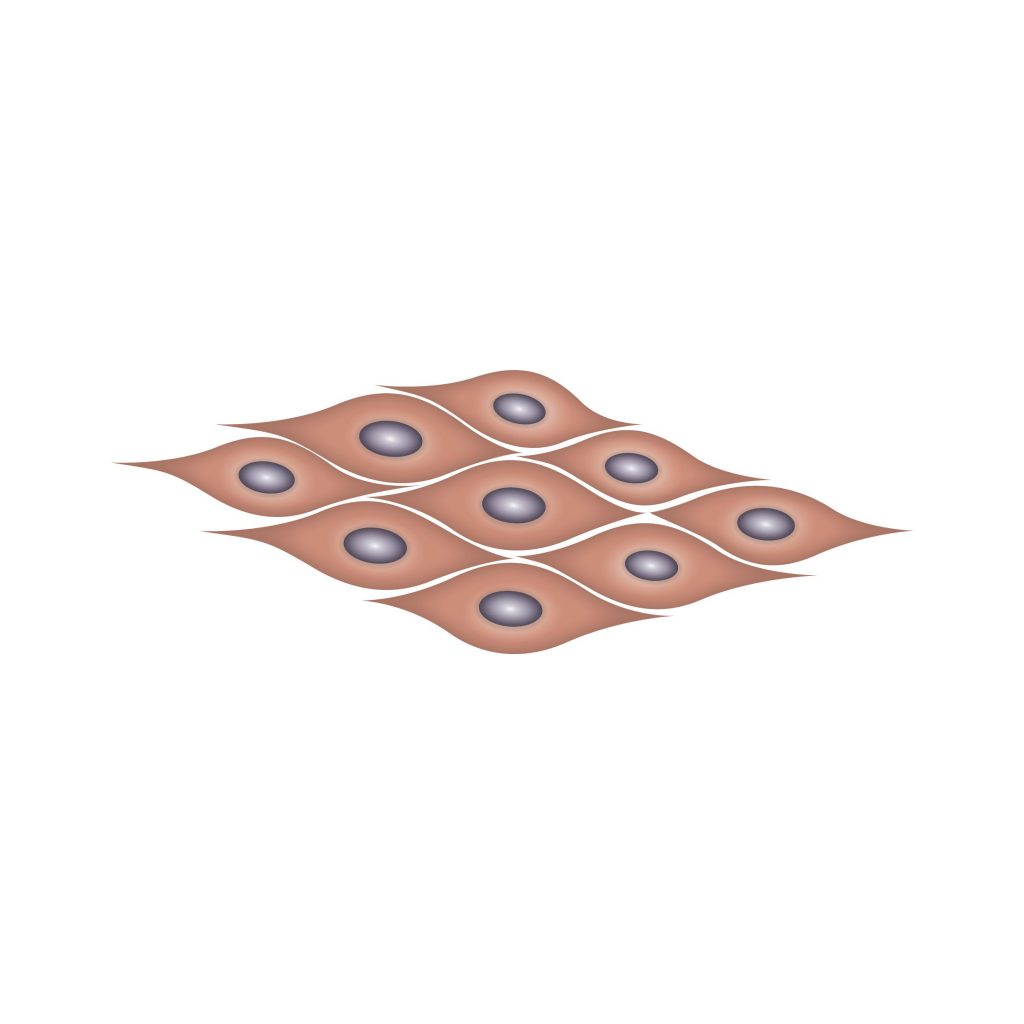Last week I presented an in-service to the physiotherapy staff looking at the current literature surrounding cartilage surgery and the benefits and possibilities of stem cell therapy.
As physiotherapists, we wanted to update our knowledge on cartilage repair and stem cells and how this can affect our treatment sessions.
As adults our own stem cells can be harvested from adipose tissue (fat tissue), blood, or bone marrow. The cells can then be manipulated and grown to form a type of cartilage in a laboratory or inside the effected joint.
Multiple studies report positive changes with the introduction of stem cells in terms of reduced joint pain.
Studies (viewed with ultrasound, MRI and arthroscopic observations) showed some form of regenerative tissues being built both in the body and cultured outside the body – hypothesised to be fibrocartilage or hyaline cartilage.
Long term studies of the effectiveness and durability of the regenerative tissues built have not yet been seen.
Many methods of introducing stem cells have been attempted to try prove which method is superior (growing cartilage outside the body, injecting stem cells directly into the joint, injecting stem cells into the injury with a covering) however more research is required.
Whilst stem cells hold promising results for the future most studies found that the current standard algorithm for treating cartilage defects stands firm; that is: correction of excess body weight, cessation of smoking, proper preoperative rehabilitation and correction of ligament instability.
If you have a cartilage issue – chronic or acute, your best port of call is to see your physio first. Mal-alignment and instability should be addressed before any stem cell therapy or cartilage surgery. Thankfully in some cases these extreme measures can be avoided altogether.


